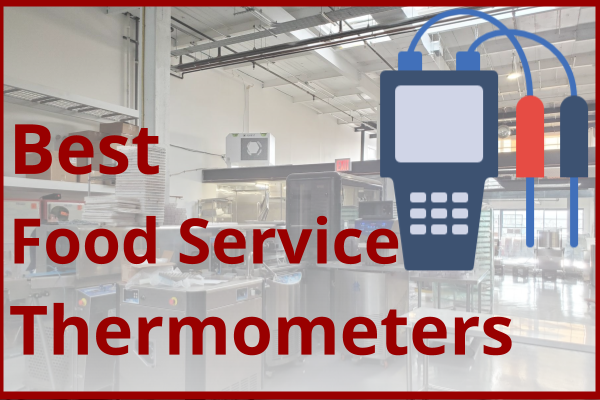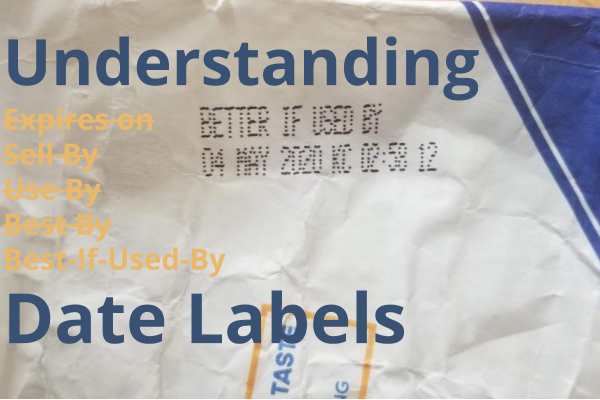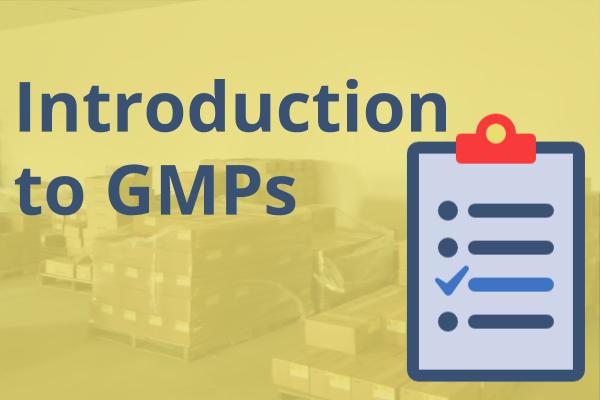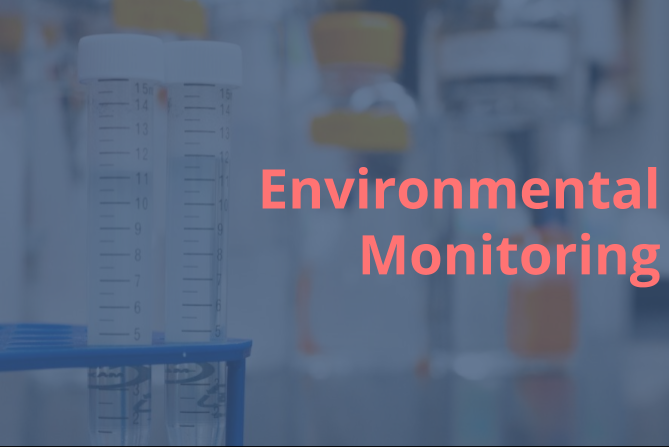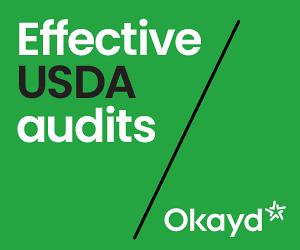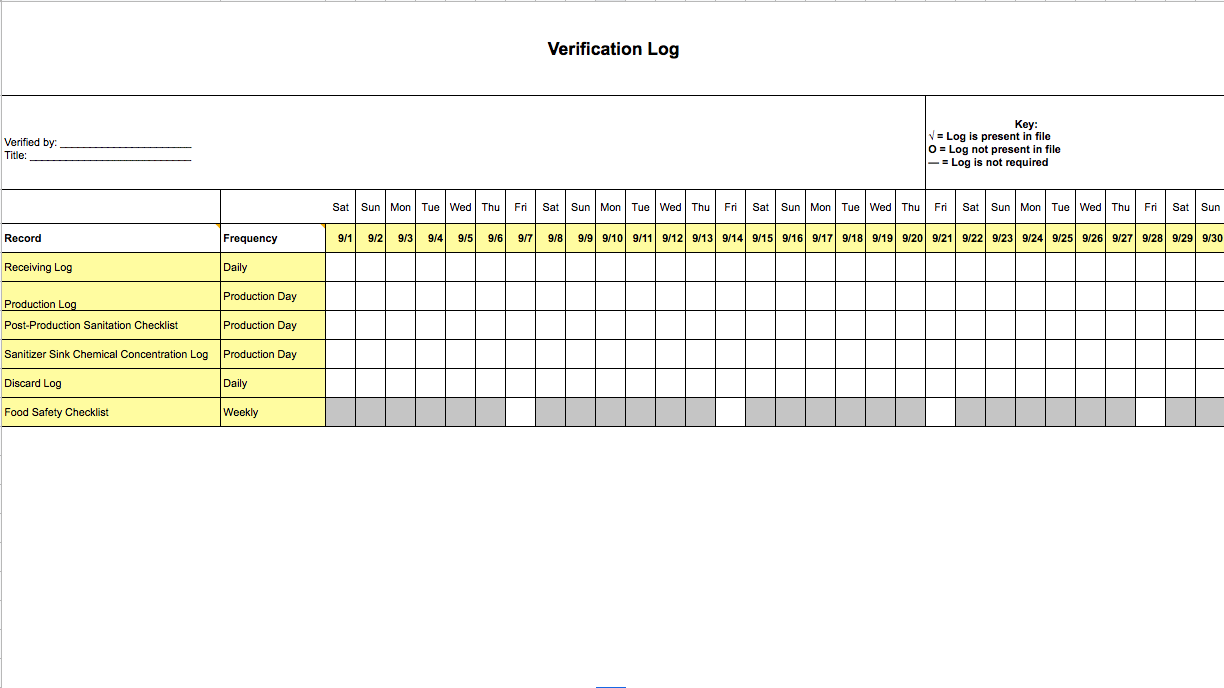Finding the Best Food Thermometer
Every permitted kitchen where cooking takes place must have at least one thermometer for taking temperatures.
Whether you’re taking temperatures as they come out of the oven or making records for your HACCP plan, it’s important to have the right thermometer.
Best Everyday Food Thermometer
What’s it for: Taking temperatures of hot food to make sure you’re reaching the desired temperature
FDA Reader Pick:
Basic Food Thermometer

Lavatools PT12 Javelin Digital Instant Read Meat Thermometer ($26)
What You Want in a Basic Food Thermometer
Accurate, fast readout
Simple calibration
Affordable price point
Best Uses:
Quick temperature readings in a food processing context.
Staying safe in your home kitchen
Pocket thermometer for a line cook.
Why We Picked Our Winner:
No extra buttons (in our testing, we find that buttons are the first thing to break)
Magnetic back for easy storage
Accurate to <1ºF.
Wide temperature range (-40ºF to 482ºF) means you can use it to test deep fryer oil.
Best HACCP Thermocouple
What’s it for: Taking temperatures when accuracy and reliability are required (A thermocouple is functionally the same as a thermometer).
What you want in a HACCP Thermocouple:
Accurate temperature readings
Small margin of error
A heavy-duty unit that can handle years of wear.
The option to attach different style probes
Live readings — you can watch the temperature change in realtime on the display.
Best Uses:
Temperature taking where you need reliable results with a low margin for error.
Food Processing Plants;
Recordkeeping for HACCP
Why We Picked Our Winner:
I’ve been using this model without issue for 4 years.
Extremely long battery life
Highly durable (especially with the rubber foot attached)
Detachable probes allow you to take temperatures in different settings.
Best Refrigerator / Freezer Thermometer
Any health inspector will tell you that each refrigeration unit requires a manual thermometer. Even if you have a fancy automatic-temperature monitoring system, it’s typically required that you have a manual probe in case the fancy system breaks down.
Best Walk-In Fridge Thermometer

Taylor Large-Dial Refrigerator/Freezer Thermometer (Hanging)
What’s it for: At-a-glance temperature checks of your refrigerator. Even if you have an electronic temperature monitoring system.
What You Want in a Refrigerator / Freezer Thermometer:
Visibility. You want fast, at-a-glance readings. A color coded temperature reference is helpful.
Affordability — you’ll probably need a multiple if you have a food processing facility.
Easy mounting — hanging or suction
Why We Picked Our Winner:
Oversized display
Color-coded temperature zones
Metal hanger for easy hanging


